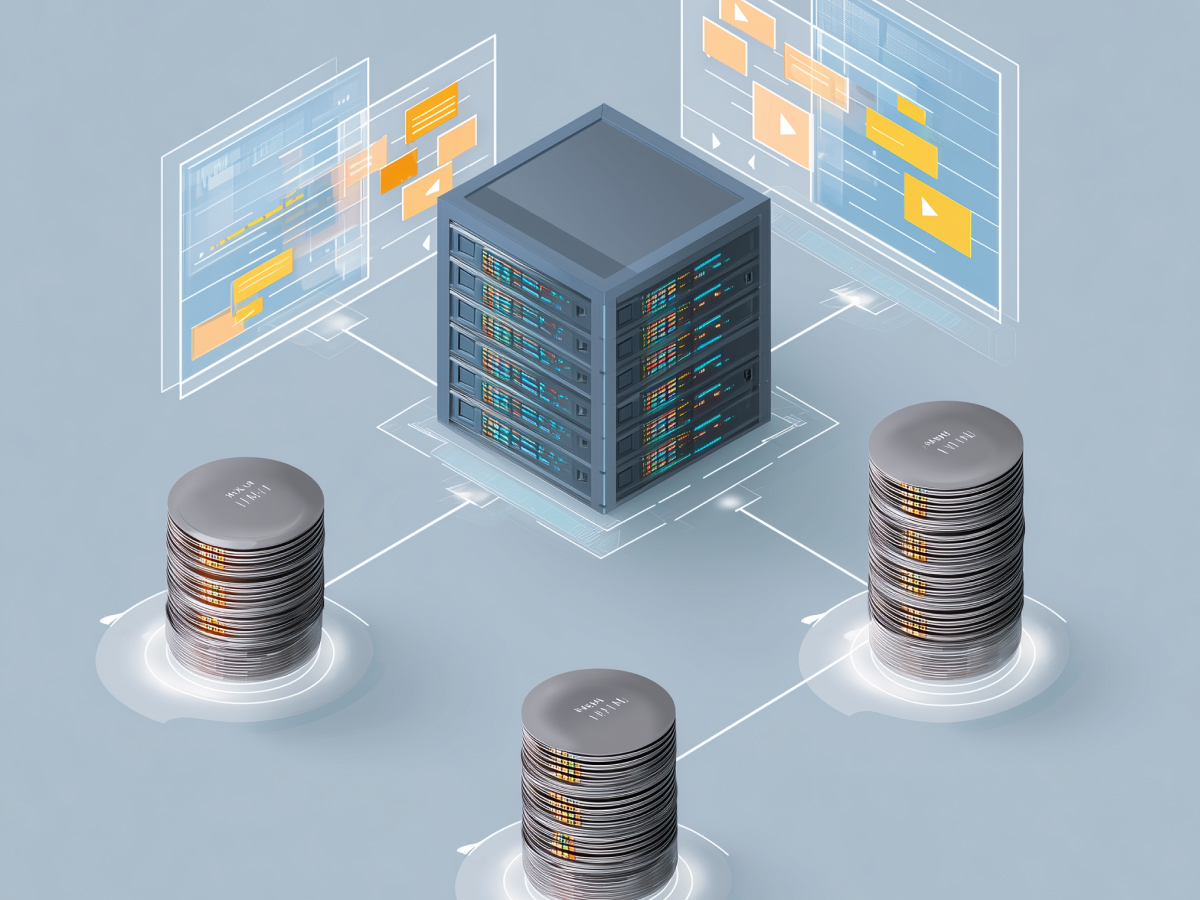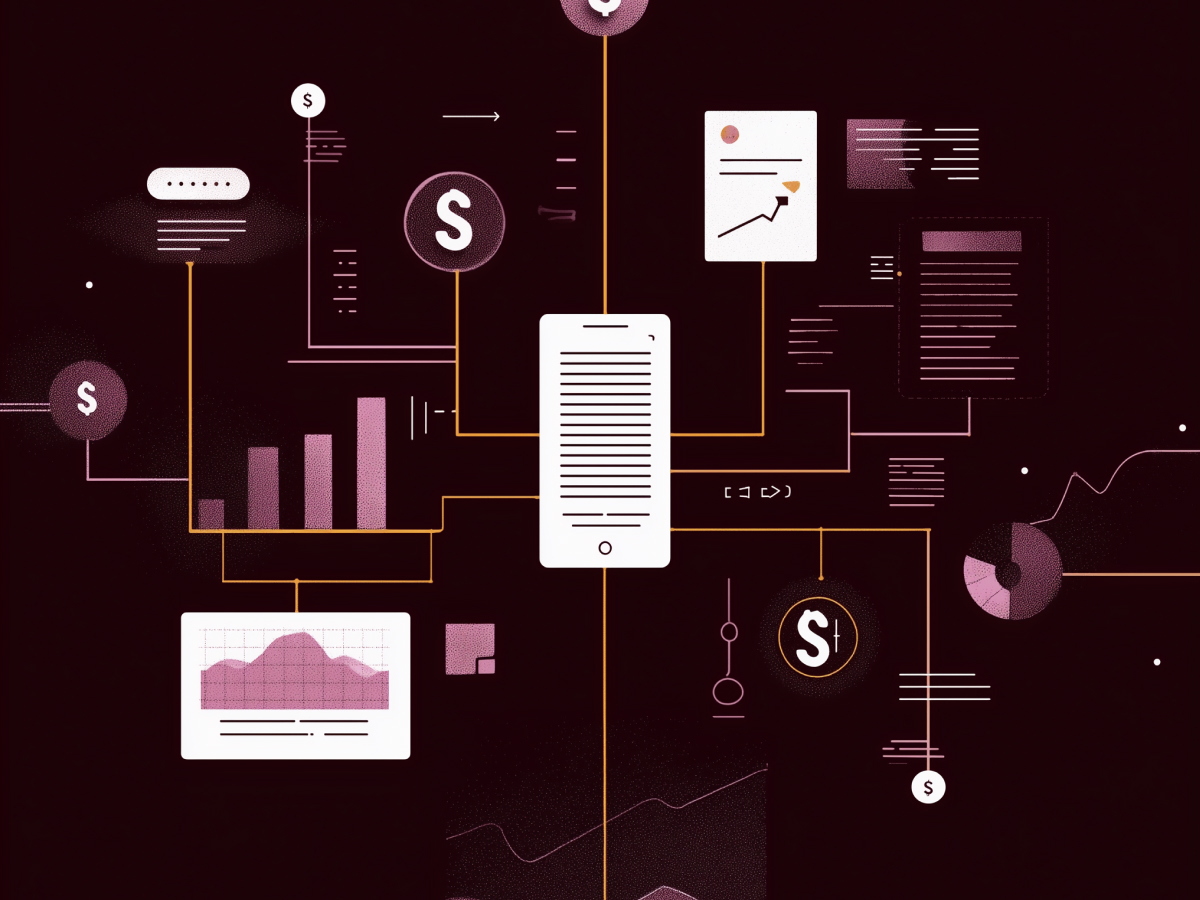SQL server 2025 introduces vector search and AI-friendly features for semantic data interaction
Microsoft is finally pushing SQL Server where it needs to be, toward AI. With SQL Server 2025 now in public preview, it brings vector search to the platform. This lets enterprises run natural language queries on their data. In plain terms, people can now ask questions the way they think, and the system will make sense of it. No workarounds or rigid syntax required.
It’s not new tech. Vector search has been part of the toolkits at AWS, Google, Oracle, and MongoDB for over a year. But here’s the catch, none of those players are used as broadly in enterprise environments as SQL Server. That’s what makes this a strong move. Even if Microsoft’s late, it lands where it matters. According to Matt Aslett, Director at ISG Software Research, the scale of SQL Server adoption gives this update real weight.
SQL Server is using DiskANN, the same underlying system found in Microsoft’s Cosmos DB. It handles approximate nearest neighbor search. That’s important when you’re working with high-dimensional data, like customer preferences, financial anomaly detection, or embedded search. DiskANN is designed for real-time updates, which means the system won’t freeze the moment data changes. That alone makes it suited for AI-driven applications, where speed and adaptability aren’t optional anymore.
Also worth noting: SQL Server 2025 supports Retrieval-Augmented Generation (RAG). This approach feeds live business data into language models like OpenAI’s GPT, without needing full retraining. That reduces downtime and infrastructure cost. And since this is all part of the SQL Server ecosystem, enterprises can deploy now without rebuilding their data architectures.
This version of SQL Server isn’t just a patch. It’s a serious step toward enabling scalable and intelligent applications in environments where reliability, security, and performance are non-negotiable.
Integration with AI frameworks streamlines application development and model deployment
Microsoft’s made the move to work with the developers, not around them. SQL Server 2025 integrates with major AI development tools, LangChain, Semantic Kernel, and Entity Framework Core. These frameworks aren’t just popular; they give developers faster paths to build, connect, and ship advanced AI applications without heavy lifting on the backend.
For enterprises, that simplicity pays off. Developers can plug SQL Server directly into larger systems that use natural language interfaces, reasoning engines, or decision pipelines. It means less custom logic, fewer delays, and faster delivery cycles, key for any company trying to bring AI applications to production without burning months in development.
The value here is not just technical. This level of integration with proven frameworks allows organizations to adopt AI incrementally, not all at once. You can extend existing systems without replacing them. As you scale, the pieces are already in place, ready to connect models, process embeddings, or run inference securely inside your app stack.
And Microsoft isn’t building this in isolation. They’re aligning SQL Server’s feature set with what modern software teams already use in production. So whether you’re building a chatbot that connects to financial data streams or a fraud detection engine tied to transaction logs, it just works. That’s the focus: reducing friction and opening up deployment paths built on existing knowledge.
In a competitive space where speed decides leverage, this level of integration gives IT leaders clear strategic value. The learnings from Cosmos DB and Microsoft’s other cloud offerings flow directly into this update, a sign they’re committed to making SQL Server current with developers and executives demanding more AI from their data systems.
Modernization through JSON support and Python integration
SQL Server 2025 is getting JSON support, a Python driver, and event streaming, essential features for today’s data-rich environments. These aren’t experimental capabilities. They are baseline requirements for modern data systems that feed AI, ML, and real-time dashboards. With JSON, SQL Server can now handle semi-structured and unstructured data more naturally, bridging the gap between database records and input coming from APIs, customer interactions, or third-party SaaS tools. This matters when you’re building models that rely on dynamic or diverse data sources.
Python support further strengthens SQL Server’s role in AI application development. Python remains the dominant language for AI and data science. Direct driver support reduces the infrastructure overhead needed to build real-time pipelines or integrate with training workflows. When paired with event streaming, this means developers and data teams can now respond to incoming data as it happens, without bolting on external systems.
But timing is relevant here. Microsoft is not leading in this space. AWS, Google, and Oracle have had comparable features live and stable for years. Tony Baer, Chief Analyst at dbInsight, has been blunt: he called these “very 2023” functions, suggesting Microsoft is bringing what should have been standard last year to market now. That criticism is valid, especially for companies looking to stay on the edge of AI innovation.
Still, the broader picture is this: Microsoft is moving SQL Server closer to where development and data science are actually happening. These features close important gaps and will reduce the need to rely on supplementary infrastructure for basic AI workflows. That means fewer choke points across your architecture, and clearer paths to production for the teams working with your data.
C-suite leaders should look at this update less as groundbreaking innovation and more as operational necessity, catch-up that levels the field and sets a stronger foundation for future, more strategic moves.
Native integration of T-SQL model definitions
One of the more forward-looking features in SQL Server 2025 is its ability to define and manage AI models directly inside T-SQL. This allows teams to embed AI into the same language and workflow they already use to manage data. Developers can reference models and deploy them into production environments using native SQL commands. No need to spin up separate infrastructure or data pipelines for basic model inference.
This design supports connections with AI services like Azure OpenAI, Azure AI Foundry, OpenAI itself, and Ollama. These services are accessed through REST APIs, so there’s no forced standard or closed loop. You can link SQL Server to enterprise-grade models while maintaining total isolation from the core database engine. That separation enhances security and performance, two things that can’t be traded off in regulated or latency-sensitive environments.
There’s operational clarity here. It reduces the overhead IT teams face when bridging the admin gap between model training environments and live business systems. Simpler orchestration directly from SQL means fewer integration points and less manual effort, which is often where bottlenecks happen.
Priya Sathy, Partner Director of Product Management at Microsoft’s SQL division, said in a blog post that model definitions in T-SQL let teams securely access AI services through REST APIs, providing a consistent and predictable deployment method for enterprise workloads. That positioning is important. It aligns SQL Server with how enterprises actually scale AI, securely, modularly, and with minimal disruption to existing production workflows.
For executive leaders, this offers a reliable way to operationalize AI while keeping database integrity and compliance intact. It doesn’t force a new development stack. It just expands the toolkit, directly where the data lives.
Enhanced performance, security, and developer accessibility
SQL Server 2025 brings real improvements where it counts: performance, concurrency, and developer access. Microsoft has upgraded the core database engine with more efficient locking mechanisms and better transaction management. These changes reduce lock memory usage and minimize delays during simultaneous transactions, exactly the kind of optimization needed when systems are operating under heavy loads or when real-time query response matters.
For C-suite executives, this delivers a tangible benefit: higher system responsiveness without adding hardware, rewriting queries, or splitting workloads into microservices. When databases run more efficiently, application performance improves, and operational costs drop. On security, these updates also support stricter isolation and safer transaction handling, aligning with enterprise compliance expectations around consistency and access control.
Another noteworthy update is the new Standard Developer edition. Microsoft is making it easier for developers to build against the exact configuration they’ll use in production, without incurring additional licensing costs during testing and development. This removes friction during software rollout and reduces configuration-based failures when deploying new features or services in scaled environments.
Taken together, these improvements show that Microsoft is reshaping SQL Server into a more capable, modern platform while remaining grounded in the needs of large-scale enterprise environments. These aren’t headline-grabbing features, but they are critical to stability, scalability, and sustained application performance.
These changes also signal Microsoft’s strategy: support AI and data workloads without forcing enterprises to refactor systems already in place. It’s evolutionary progress, necessary for teams that want to move forward without taking unnecessary risks or introducing architectural complexity. For large enterprises, that kind of progress is what supports long-term value and operational confidence.
Key highlights
- Vector search brings SQL server into the AI era: Microsoft’s addition of vector search to SQL Server enables semantic, natural language querying, essential for AI-driven business intelligence. Leaders should evaluate existing workloads for RAG and vector use cases to leverage these capabilities now built into mainstream infrastructure.
- AI framework integration accelerates deployment: With built-in support for tools like LangChain and Semantic Kernel, SQL Server 2025 reduces integration complexity. CTOs should align their development stacks with these frameworks to streamline AI rollout across legacy and modern systems.
- JSON and python support modernize data handling: New JSON and Python capabilities enable more flexible interaction with semi-structured data and live processing streams. Decision-makers should prioritize these features to unlock better AI inputs and reduce reliance on external pipelines.
- T-SQL model definitions enable secure AI at scale: Direct integration with AI services via REST APIs and T-SQL improves control, security, and deployment efficiency. CIOs should consider consolidating AI orchestration within SQL Server to simplify governance and enhance model accessibility.
- Performance and developer access drive scalability: SQL Server 2025 improves concurrency and reduces resource contention, while a no-cost Standard Developer edition supports faster prototyping. Tech leaders should leverage these updates to reduce operational overhead and expand agile development capacity.




